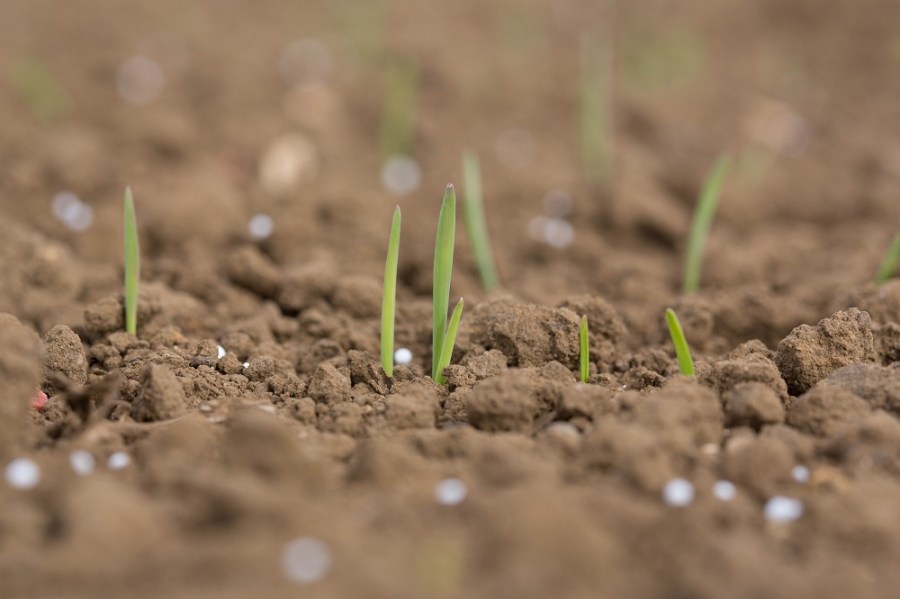Initial work suggests there’s potential to push yield in spring barley without compromising grain N levels. CPM reports.
By Rob Jones
Growing winter barley is a known science much like wheat, but there’s far less knowledge regarding getting the most out of spring crops, suggests Allison Grundy.
“The rapid growth in spring cropping presents its own problems. Spring crops are generally much less efficient than winter-sown ones but with barley you have the added complication of required grain N levels destined for malting.
“A lot of people say don’t push it too hard or else you’ll start getting green grains and high residual grain N but if you take things too low, you simply won’t produce an economic level of yield plus you’ll be concentrating whatever nitrogen there is in the grain.”
According to RB209, where the target is for nitrogen to be less than 1.8% in the grain, nitrogen levels should be reduced by 30-40kg/ha, which probably means going as low as 110-120kgN/ha, she points out.
“This is probably too low in practical terms to achieve a high yield – more yield will help to dilute the nitrogen ending up in the grain.
“Thinking about applying a sulphur-containing fertiliser is a sure way to increase yield and applying it early, split between the seedbed and as the crop emerges, helps to reduce the risk of high grain N. This isn’t an exact science, however, and more research is needed.
The NPKS argument also holds true in barley with the RAU trials showing yield benefits of up 0.3t/ha from using Heartland Sulphur in the spring compared with separate P and K applications in the autumn, she adds.
Barley boost through precise approach

James Stafford gained about 1t/ha in yield by changing his approach to nutrition.
Trials with Wilts barley grower James Stafford in 2016 have shown an improvement in nitrogen utilisation efficiency of over 10% through using a more precise fertiliser approach.
In trials last year, standard farm practice of 225kgN/ha for his KWS Cassia barley delivered a yield of 8.85t/ha whilst the N-Min approach using Heartland Sulphur pushed yields to 9.8t/ha without increasing nitrogen input.
The effect of this was to increase margins from £840.75/ha for the farm practice crop to £962.25/ha for the N-Min approach – worth an extra £121.50/ha all told.
“In my opinion N-Min testing is critical, because unless you measure nitrogen you can’t manage it, and so we have our soils sampled every year in Feb,” he says.
“Using N-Min as part of the Heartland system has given us healthier plants, higher yields and an additional financial margin of over £120/ha,” says James Stafford.




